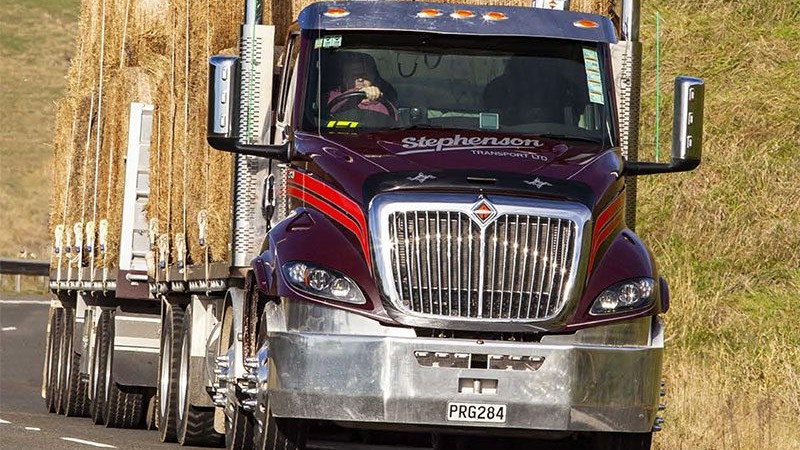Build now, pay later

Thirty-two days. That’s how long the new SH1 Puhoi-Warkworth motorway was open to traffic before the first news story broke about the road being under threat.
Officially opened on 16 June, the 18.5km road cost $877.5 million to build over 6.5 years and was promised to have a 100-year design life. The completion of another major, long-awaited roading infrastructure project would normally be the recipient of some optimistic words in one of my editorials – and indeed, the new motorway is a vast improvement on the old section of road, which, like many of the country’s state highways, was incredibly outdated and ill-suited to the growing traffic volume north of Auckland. While I’d love to heap praise on the project and cite it as another example of how major roads can and should be built, that sadly doesn’t appear to be the case here.
On 18 July, an RNZ report (Heavy rain events reveal landslide problems on Pūhoi to Warkworth highway) stated cracks were already appearing in concrete barriers at two separate points on the route and ground may be moving under an entire section of the motorway.
Quoting a 300-page investigation released toRNZ in July under the Official Information Act, construction was beset by landslides and slope failures, though this was refuted as nothing unusual. As Prime Minister Chris Hipkins opened the motorway, the report adds, Waka Kotahi was aware of a large slip moving towards the motorway at 5 – 11cm per week.
It was also stated that following the heavy rainfall at the start of the year, “a pre-historical and deep-seated landslide has been reactivated” and the “slope has experienced another landslide and is moving towards the carriageway at a stop-start rate of sometimes more than 30cm a week”, with a noticeable bulge at the toe of the slip and damage to the road’s shoulder.

A follow up story by RNZ on 19 July (Pūhoi-Warkworth motorway: Engineer says gullies ‘look unstable’, Waka Kotahi confident of resilience) quotes the report saying “construction was not up to scratch on some of the slopes to start with”, and doesn’t paint Waka Kotahi in a favourable light either. In it the agency states that the road is built to last and engineers are working to stabilise the slide, while on the other hand it states that the slip events during construction occurred “at a time when Waka Kotahi admits that resilience was ‘not yet factored into decision-making’.”
What? In an area known for unstable land and for being hammered by heavy – and recently, extreme – weather? How could a road be built with the promise of being good for 100 years when its resilience to the elements was not considered from conception?
So, are we dealing with a grand new motorway that was doomed from the start, with millions to be poured into it each year to stem the slide (so to speak)? If this is what’s coming out of the woodwork so early in the road’s life, I wouldn’t be surprised if that turns out to be the case. The fact that its construction and maintenance for the next 25 years are under a public-private partnership with N2X gives me some hope though; such contracts usually result in a higher standard being maintained.
Perhaps more to the point, however, do we simply expect too much? In a country beset by geophysical and atmospherical challenges, should we expect these will be accounted for and engineered out, or just accept them? Do we expect too much from Waka Kotahi and its ability to deliver the roading infrastructure we expect after almost a century and a half of motorised transport? Do we expect too much ‘give’ from those who hold the purse strings?
I’m a believer in what engineering can achieve. If there’s an obstacle to be managed or overcome in the pursuit of reaching or exceeding a given set of deliverables, there are some rather smart people out there who can make it happen. But I’m also a believer in doing things right from the very start, with the resources required to do the job properly.
Sure, roading infrastructure projects are no small undertaking, but when it comes to this and others of huge importance, the Waikato expressway, Transmission Gully or the Mt Messenger bypass, there should be no other acceptable way.

Read more
On land and sea
0 Comments5 Minutes
International learnings
0 Comments4 Minutes
The image we protray
0 Comments5 Minutes





